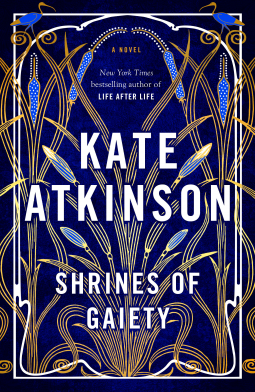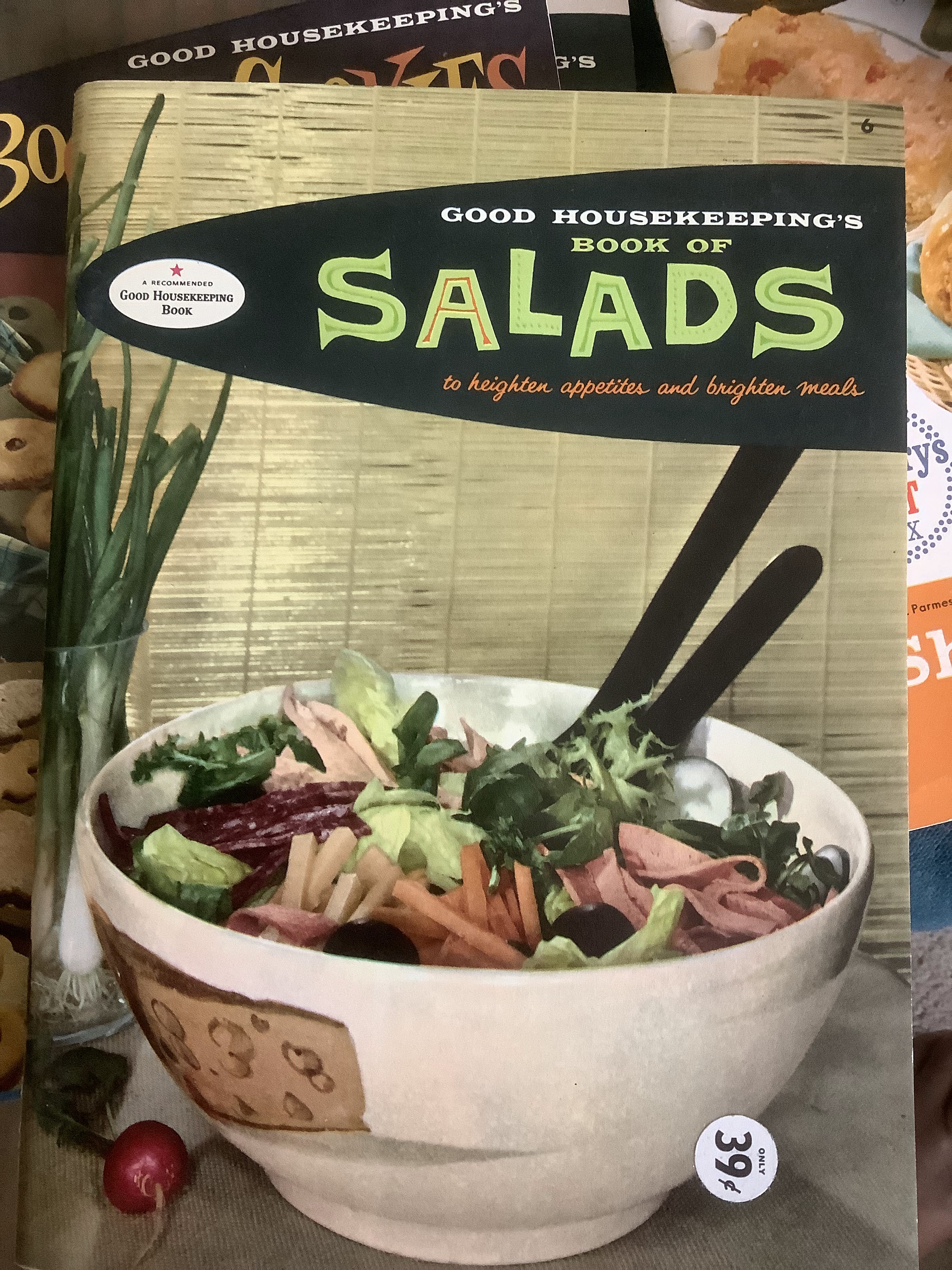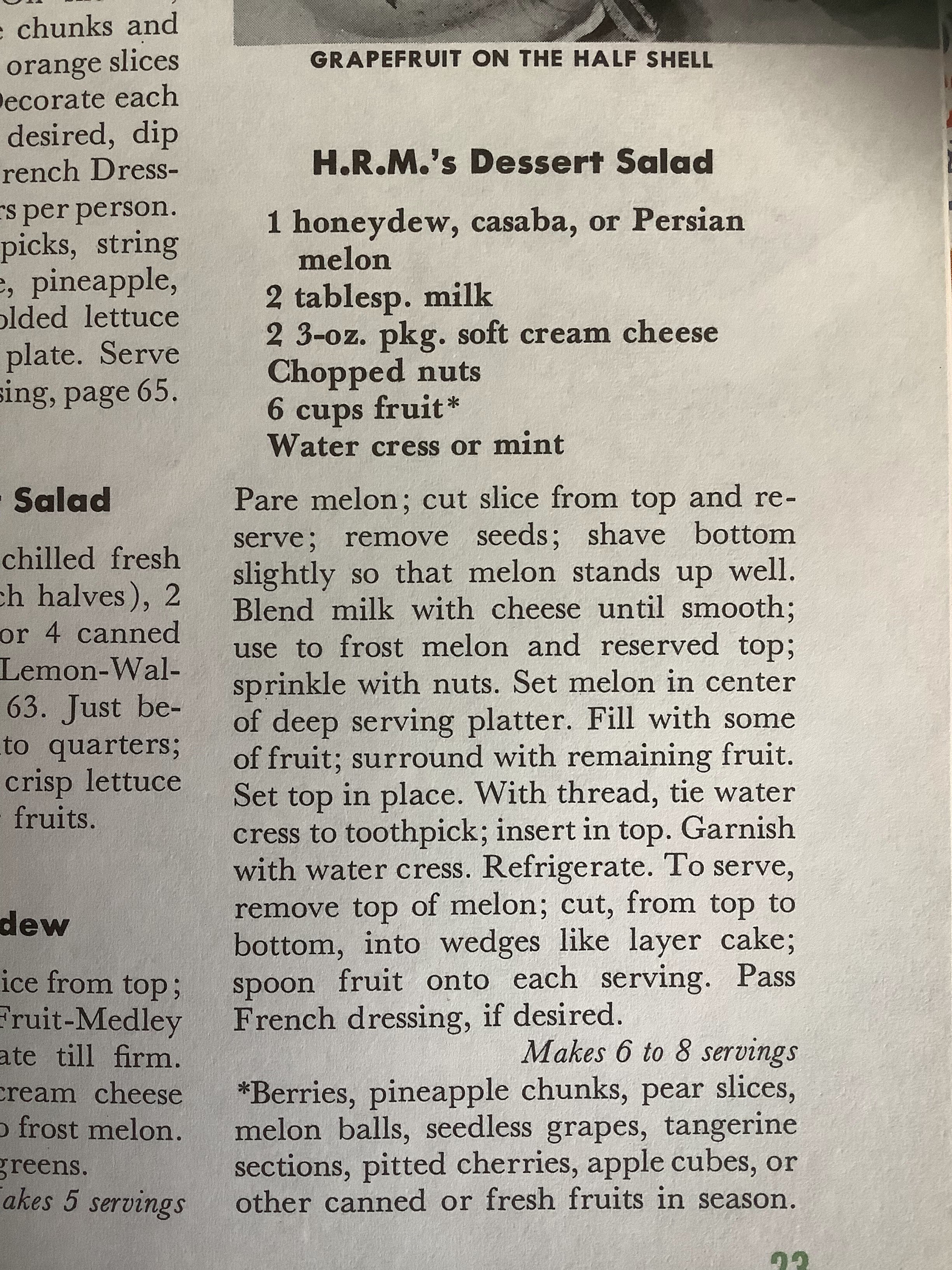
My house is on swampland. Well, it isn’t swampland now, but it was in the middle of the last century. A woman a block away told me that her son caught tadpoles in the woods were my house stands.
The entire city was once swampland, as was much of Southeast Michigan. The glaciers that carved the land and melted to make the Great Lakes and the thousands of lakes in Michigan left behind waterlogged land.
The year we moved into this house a torrential rain flooded most of the city.
The Oakland County Landscape Stewardship Plan of 2017 stated:
“The development of the southeastern zone, and the conversion of historically wetland area to
residential properties, has led to a number of complications including a major loss in
stormwater storage and flood control capacity. These communities have struggled to adapt to
the loss of these natural stormwater retention areas as hardscape cover has expanded with
continued development. These issues were highlighted in 2012 and 2013 when rainwater from
severe storms closed highways, flooded homes, and stopped commerce and business in this
region for several days. It is important that land managers and foresters understand the
symbiosis that exists between wetlands and forests, and that they ensure the protection of these
adjacent wetland areas is worked into any forest management plan.”
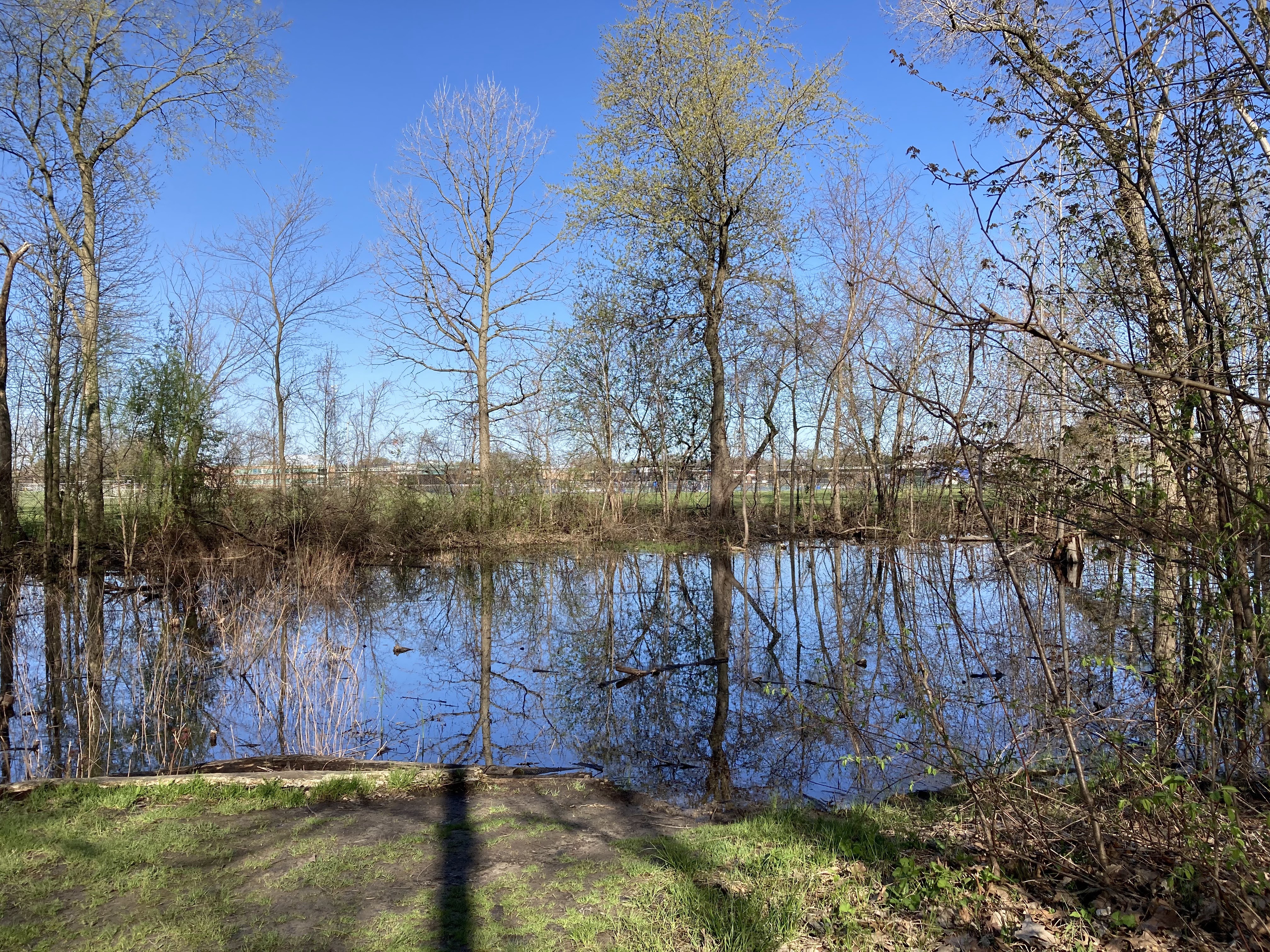
I thought that I had an idea of what the area would have looked like before it was turned into a suburban neighborhood because a few blocks away is Cummingston Park, created in 1925. For as long as I have known the park it has been wet and flooded. But I learned that in the 1950s while a college student, my sixth grade teacher documented it as a wonderful wildflower haven…until the land around it became developed and the water accumulated in the park with no where to go.
Ok, then, I turned to the other local nature park, Tenhave Woods, a mile and a half away, next to my high school. It was formed in 1955. It was fenced after my high school classmate’s brother was murdered in the woods in 1967. Tenhave has a vernal pond and swampland and it is documented that it always had swamp land. It has a high fence to keep out deer and protect the wildflowers. Every spring we visit to see the trillium and other wildflowers that take over the ground. My high school biology teacher was part of the society that formed to protect both of these woods.

My husband’s family also lived on swampland. His great-grandparents and great-great-grandparents settled in Lynne Township, St. Clair County, Michigan on reclaimed swampland. In fact, the 1865 map shows A. Scoville’s land bordered the swampland. The 1897 map shows all that swampland was privately owned farms. When we visited the area we could see the drainage ditches.
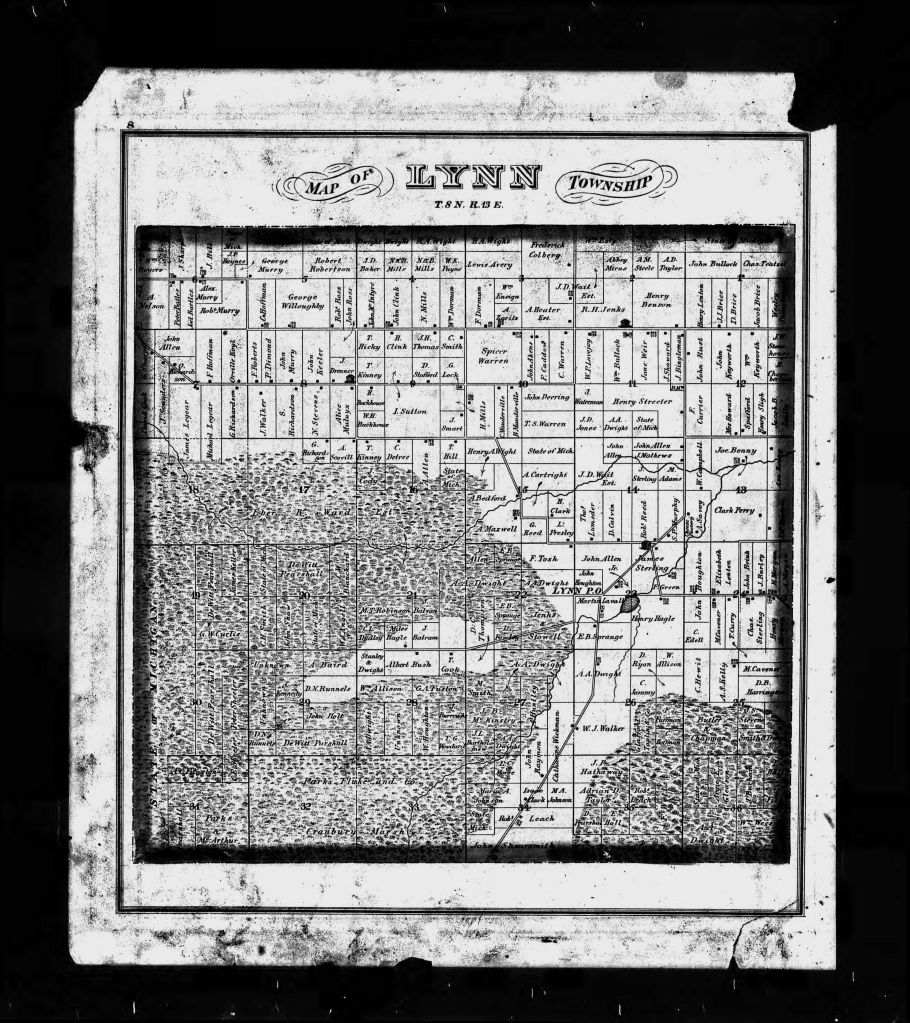
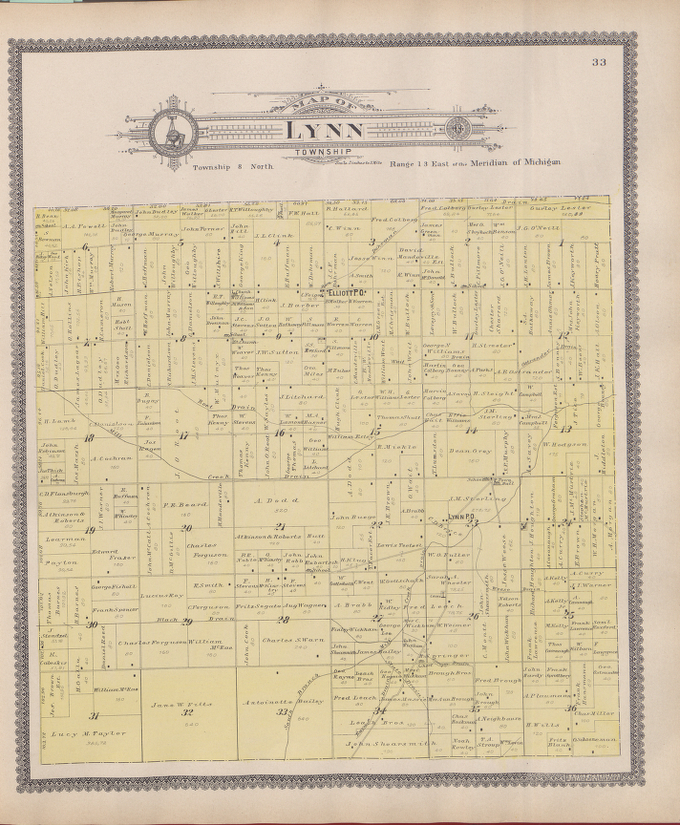
How much of its wetlands has Michigan lost? I was shocked to learn that the greatest loss was around Lake Huron and Lake St Clair. Why would I be surprised? Constance Fenimore Woolston’s 1855 story St. Clair Flats tells of a man’s enchanted encounter with the St, Clair marshes only to return five years later to find them destroyed and replaced by a canal.

That’s a lot of wetlands loss.
Annie Proulx wanted to understand and organize the massive amount of information about wetlands and their loss and the impact on climate change. Her essay turned into a book. In brief, wetlands store CO2, and their destruction releases it into the atmosphere. Once lost, wetlands are not easily restores. But across the world, we are endeavoring to reclaim lost wetlands.
The book considers the various forms of wetlands:
- fens, fed by rivers and streams, usually deep, peat-forming, and supporting reeds and marsh grass
- bogs, shallower water fed by rainfall, peat-forming, and supporting sphagnum mosses
- swamps, a peat-making, shallow wetland with trees and shrubs
I was quite charmed by the book. Proulx delves into so many aspects of wetlands. She describes humans who once lived in harmony with the land, before land was privatized and turned into ‘productive’ farmland to increase the owner’s wealth. The English fens once covered 15,500 square miles and now less than 1 percent remains. The abundant life of the fens also disappeared. My mind was set alight reading about the lost Doggerland which connected Britain and Europe, suddenly flooded by seawater from glacial melt at the end of the Ice Age. I dreamed of those people that night. “I wonder if, as the waters rose, metamorphosing proto-England from the doorstep of a vast continent to a small island, some landscape memory of hugeness underlay the country’s later drive for empire,” Proulx muses.
The sphagnum moss of the bogs “holds a third of the earth’s organic carbon,” I learned. When drained, the soil still leaks CO2 for a hundred years. “It can take ten thousand years for a bog to convert to peat but in only a few weeks a human on a peat cutter machine can strip a large area down to the primordial gravel.” In ancient times, humans made offerings to the bogs. Including humans. Bog people have been discovered across the world, preserved by the acidity and low oxygen, telling their gruesome stories of human sacrifice.
In 1849 Congress passed the first Swamp Land laws that allowed states to sell wetlands for draining. The land made first rate farm land. The Great Black Swamp, the Dismal Swamp, the Kankakee, mangrove swamps, the Limberlost–all their stories are told by Proulx.
Proulx describes the beauty of these vanished landscapes.
The fen people of all periods knew the still water, infinite moods of cloud. They lived in reflections and moving reed shadows, poled through curtains of rain, gazed at the layered horizon, at curling waves that pummeled the land edge in storms.
from Fen, Bog, & Swamp by Annie Proulx
My husband recalled when he worked as a grants officer that Duck Unlimited was a major contributor to wetlands protection as supporting duck hunting. And pages later, Proulx commented on this ironic support. Her descriptions of the multitude and number of species that flourish in wetlands is wondrous. And when we discovered them, what did we do? We brought our guns and hunted for the sake of shooting. As if our only response to being awestruck by the magnificence of the natural world is to destroy it.
And by destroying wetlands, we have increased the CO2 that drives climate change. Some wetlands are being restored as we realize their benefit.
Is it too late to stop or reverse or slow climate change? Can humans alter their concept of using the natural world to respecting it? The rights of nature is an emerging concept, and if we can alter our behavior and laws, perhaps the very worse can be avoided. Maybe.
So, I enjoy my house, inherited from my parents who bought it five years after it was built, a house which sits where once a pond existed in a woods, where even fifty or forty years ago garter snakes and toads visited the yard. And realize that my gain and benefit had a huge cost on the local and world environment.
I received a free ARC from Simon & Schuster. My review is fair and unbiased
Fen, Bog and Swamp: A Short History of Peatland Destruction and Its Role in the Climate Crisis
By Annie Proulx
Scribner
Pub Date September 27, 2022
ISBN13: 9781982173357
from the publisher
From Pulitzer Prize winner Annie Proulx—whose novels are infused with her knowledge and deep concern for the earth—comes a riveting, revelatory history of our wetlands, their ecological role, and what their systematic destruction means for the planet.
A lifelong environmentalist, Annie Proulx brings her wide-ranging research and scholarship to the subject of wetlands and the vitally important yet little understood role they play in preserving the environment—by storing the carbon emissions that greatly contribute to climate change. Fens, bogs, swamps, and marine estuaries are the earth’s most desirable and dependable resources, and in four stunning parts, Proulx documents the long-misunderstood role of these wetlands in saving the planet.
Taking us on a fascinating journey through history, Proulx shows us the fens of 16th-century England to Canada’s Hudson Bay lowlands, Russia’s Great Vasyugan Mire, America’s Okeefenokee National Wildlife Refuge, and the 19th-century explorers who began the destruction of the Amazon rainforest. Along the way, she writes of the diseases spawned in the wetlands—the Ague, malaria, Marsh Fever—and the surprisingly significant role of peat in industrialization.
A sobering look at the degradation of wetlands over centuries and the serious ecological consequences, this is a stunningly important work and a rousing call to action by a writer whose passionate devotion to understanding and preserving the environment is on full and glorious display.

